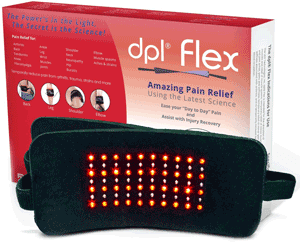If you’re anything like me, the first time you heard about Demodex, you probably thought, “What the heck is Demodex?” It is not a well-known term unless of course you are treating a Demodex-related issue on your skin, and until recently, many researchers did not know what to make of it. In short, Demodex refers to a classification of skin parasites (commonly known as mites) that live in the hair follicles on your body. They can also take root in the hair follicles of dogs. Thankfully, of the more than 60 species of Demodex that we know about, only two live in the follicles and on the skin of humans: Demodex folliculorum and Demodex brevis.
If you think about the make-up of your face, the areas in which you find hair follicles are the chin, cheeks, forehead, and your eyelashes. Those are where the mites are known to establish themselves. A heightened presence of Demodex mites on the face can lead to the development of the skin condition known as demodicosis; this occurs when two things happen. First, when the presence of the mites increases, and second, when the body’s immune system fails to control the number of Demodex mites.
Demodicosis Symptoms and Treatment
There are some immediate signs that can clue you into the fact that you might be suffering from Demodicosis. The first is known as follicular scales, which is a fancy, scientific way of saying that the hair follicles on your face and hair will become scaly. If you look at any part of your body where there is hair growth, you will be able to clearly see the point at which the tiny hair emerges from your skin. If you were to develop follicular scaling, you would see the skin around the hair become dry and flaky. This is what would happen to your face if you were to develop Demodicosis.
Other symptoms include sensitivity on your skin, especially around those hair follicles, as well as redness and irritation. Think of it as a severe case of razor burn on the face.
Demodex and Acne: A Correlation?
You should understand that there is no proven connection between the presence of Demodex mites and acne. However, there have been various studies done that have attempted to link the mites to the development of acne. One study, published in the Journal of Zhejiang University Science, found that acne patients who were studied were more likely to also harbor Demodex mites on their faces. The reason for this, they speculated, is because the mites could be carrying and spreading bacteria on the face. In the presence of bacteria, acne is free to develop, clog our pores, and wreak havoc on our skin.
The other posited reason is because Demodicosis results in inflammation, and when the skin becomes irritated and inflamed, acne is prone to develop.
Fortunately, there are a multitude of products on the market that you can buy to treat the Demodex on your face. Though these are pricey, many are all natural and feature ingredients such as lavender oil, tea tree oil, sulfur, and other essential extracts. You should not, however, engage in any self-diagnosis. A doctor and/or dermatologist is the only person who can make the assessment as to whether or not you have an infestation of Demodex on your face and in your follicles. After the diagnosis, your doctor will prescribe for you the medication and the regimen to follow to eradicate these mites from your face.


